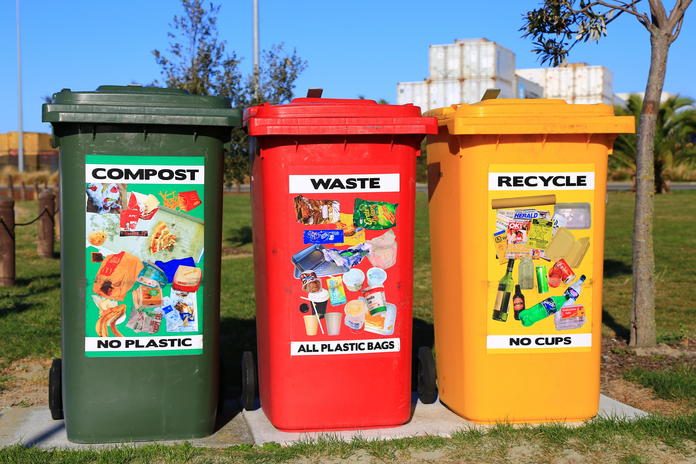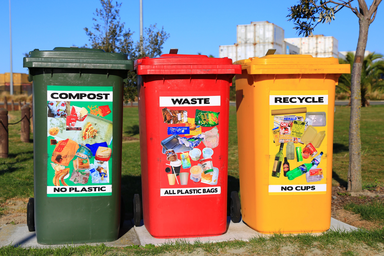Happy Earth Day!
While we should always have the earth at the forefront of our minds, this day specifically is the ideal time to sit down and truly talk about ways we can do better to help the environment. On that note, let’s talk about recycling.
Recycling is the “process of collecting and processing materials that would otherwise be thrown away as trash and turning them into new products.” It is a simple way for people to help reduce their carbon footprint, produced waste and more!

While recycling is done with people’s best intentions, sometimes we recycle things that we are not entirely sure can be recycled, which can lead to more bad than the good we hope for.
This is wishcycling; when someone recycles something, “…with the hopes it will be recycled” but not having a full understanding of if the item meets the guidelines.
As we have stated before, recycling is a helpful way the public can help better the earth, but wishyclying is a growing shadow behind the helpful act that is a very damaging issue. This negative aspect “…creates more waste in the long run…[and] makes recycling potentially unsustainable…” while furthermore upping the cost of maintaining materials recycling centers use.
Luckily, this problem can be easily eliminated, as our biggest obstacle is miseducation.
Within society, through school, the news and more, we learn about overall items that we can recycle. With an influx in wishcycling though, we should also begin highlighting what should not be recycled.
An example of some things that are the most common wishcycled items is greasy pizza boxes and plastic bags. These items could spoil anything they touch within a recycling service, creating more waste out of items that could have been recycled.
Other things to keep in mind that can NOT be recycled are clothes, hangers, some bulky plastic items (depending on the area you live in), styrofoam and easy tanglers (Christmas lights, cords, hoses, etc.).

Another problem regarding wishcycling that can easily be fixed is the act of slowing down when recycling. Taking more time to consider what goes into the recycling bin and what just has to be thrown away is ideal.
When you are recycling an item, try and ask yourself:
– Is there a recycling logo anywhere on the packaging that can give me a heads up?
– Are there food remnants on this item?
– Has this item been tampered with/used to an extent where it is now considered waste?
But if worse comes to worst, there is no problem in looking it up!
Wishcycling is an easy problem to fix, as there are many varying and easily accessible resources that can help you better understand the different aspects of so: what recycling does, what can and cannot be recycled, how to better recycle and more!

On this Earth Day, sit back and really think before recycling something: will your contribution help or add to the problem? While continuing the good intentions of recycling, let’s all work together to eliminate wishcycling!
Want to see more HCFSU? Be sure to like us on Facebook and follow us on Instagram, Twitter, TikTok, Youtube and Pinterest!



